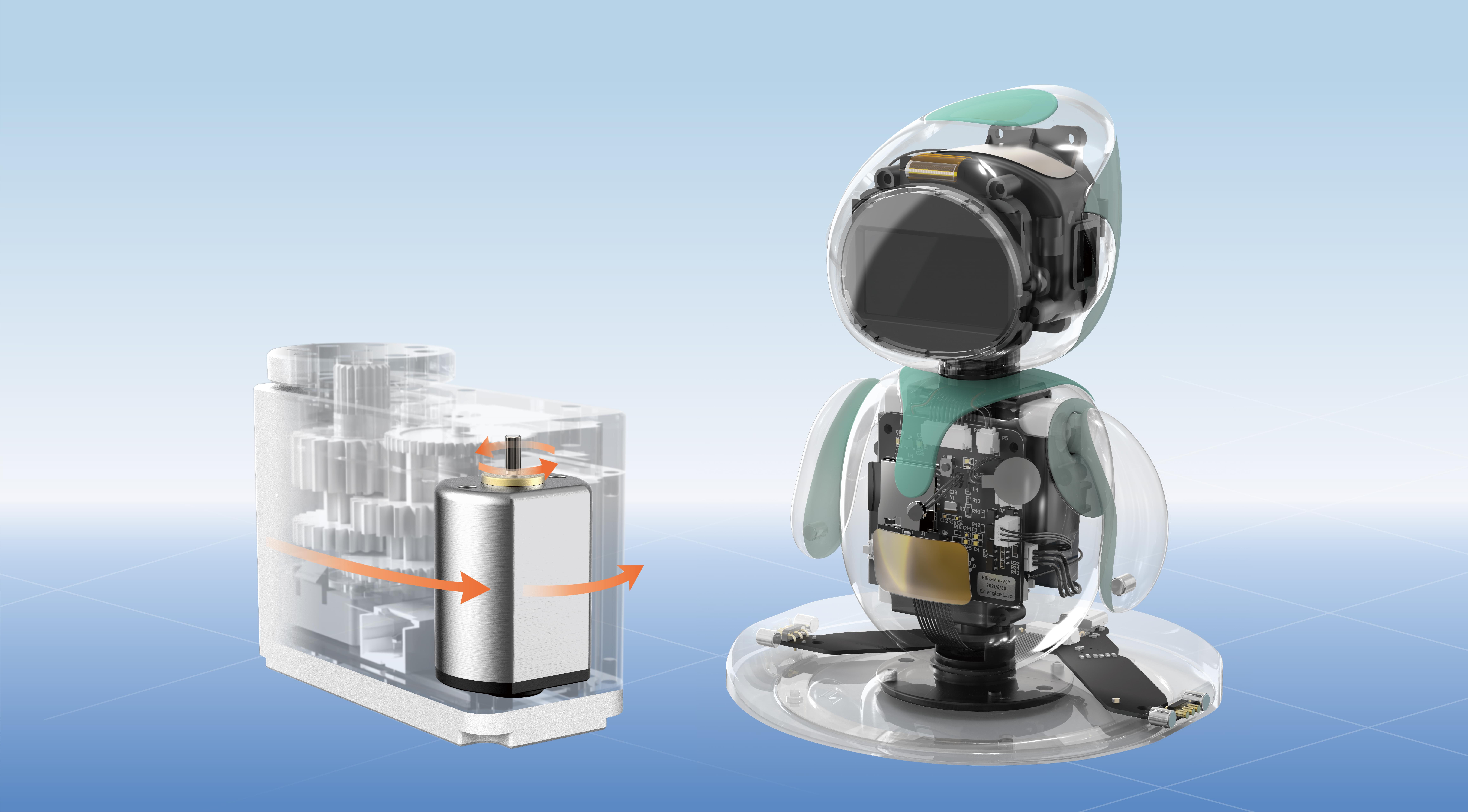Sure! Here's a lively, engaging, and slightly informal SEO-style write-up on “servo motor vs AC motor,” packed with insights and a bit of storytelling flair:

When it comes to choosing a motor for your project, things get interesting fast. Ever stare at a motor and wonder, “Is this really the right one?” You’re not alone. Two popular contenders pop up often—servo motors and AC motors. They each have their own vibe, their own magic tricks. Let’s dig into what makes them different, what works best where, and maybe even catch a few surprises along the way.
First up, servo motors—they’re like the high-precision wizards of the motor world. Think of them as the kind of motor that whispers, “I got this,” when you’re talking about tight control, accuracy, and quick responses. Whether it’s robotics, CNC machines, or camera autofocus systems, servo motors shine because of their feedback systems. They constantly tell you where they are, how fast they’re spinning, and make tiny adjustments in real time. It's like having a GPS for your motor, always knowing its exact position. That’s why, in automation that demands pinpoint accuracy, servo motors are often the go-to.
On the flip side, AC motors—because there’s always a flip—are like the dependable workhorses people count on day in and day out. They’re simple and robust, often running in factories, HVAC systems, or anywhere continuous, steady operation is needed. With fewer moving parts and less complexity, they tend to be cheaper to maintain and operate. Still, don’t mistake simplicity for lack of power; they are capable of handling heavy loads and long hours with minimal fuss.
But here’s a common question: “Which one should I pick for my project?” If you’re after precise control, quick acceleration, and fine-tuned performance, a servo motor might steal the show. Conversely, for straightforward, consistent tasks where cost and durability are king, AC motors are the reliable friends you want by your side.
Imagine a scenario—say, controlling a robotic arm that picks and places tiny components versus running a conveyor belt that just keeps moving. The difference becomes clear. The robotic arm demands the high accuracy, precise positioning, and dynamic responsiveness that servo motors deliver. Meanwhile, the conveyor belt just needs to keep rolling without breaking a sweat. It’s sort of like choosing between a sports car and a semi-truck—each perfect for different journeys.
Now, here’s the kicker: have you ever wondered if you could mix and match? In some complex systems, integrating both motor types benefits performance, energy efficiency, and cost management. It’s like having the best of both worlds—precision when needed, and dependability elsewhere.
Thinking about longevity and maintenance—how do these motors hold up over time? Servo motors, with their feedback systems and frequent use, might require careful calibration and occasional checkups. But if managed right, they last quite a while. AC motors? They’re like those sturdy shoes—you wear them daily with minimal fuss and they keep going.
So, when you're making a decision, think about what matters most: precision and control, or simplicity and durability? It’s not about which motor is better universally—it's about which fits your specific needs. And that’s where careful consideration and maybe a little advice help.
In the end, whether it’s the nimble servo or the sturdy AC, knowing their strengths means your project not only works but thrives. Don't just settle. Pick what makes your idea run smoother, faster, stronger.
Established in 2005, Kpower has been dedicated to a professional compact motion unit manufacturer, headquartered in Dongguan, Guangdong Province, China. Leveraging innovations in modular drive technology, Kpower integrates high-performance motors, precision reducers, and multi-protocol control systems to provide efficient and customized smart drive system solutions. Kpower has delivered professional drive system solutions to over 500 enterprise clients globally with products covering various fields such as Smart Home Systems, Automatic Electronics, Robotics, Precision Agriculture, Drones, and Industrial Automation.




































